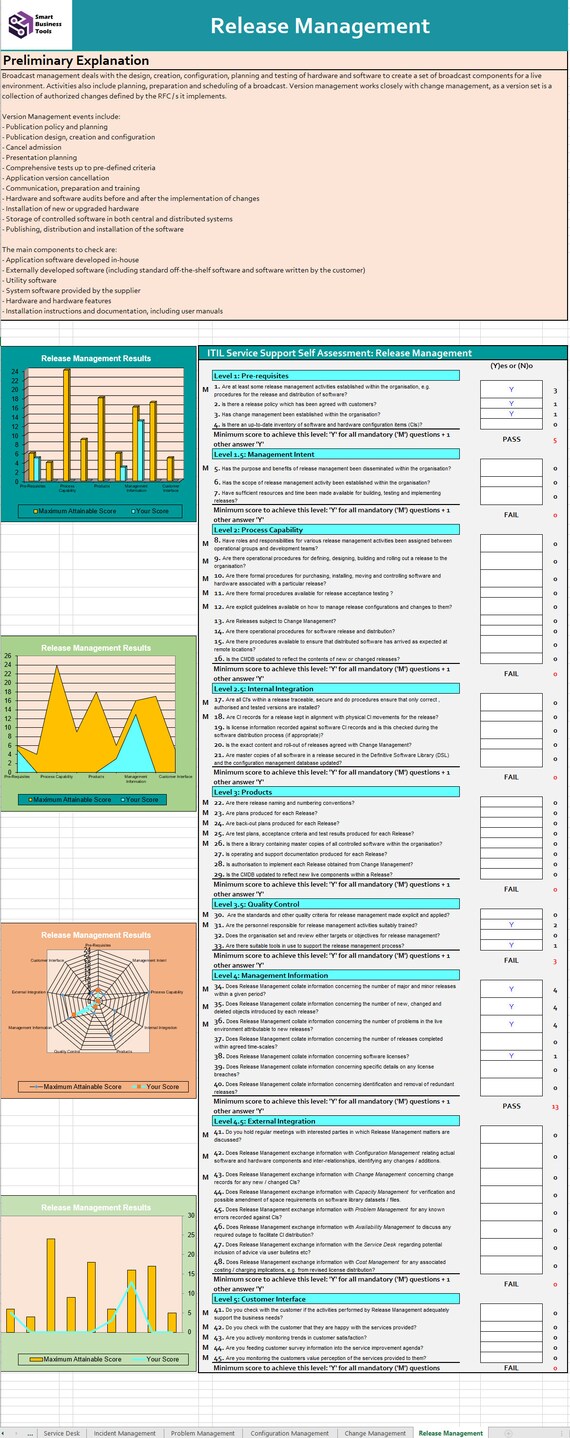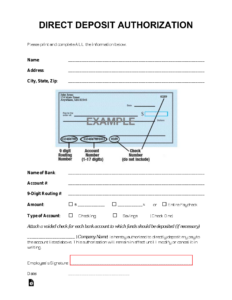Are you in the market for an ITSM tool? If so, you must define your requirements before you start shopping. This will help you narrow down your options and find the best tool for your needs. Developing an ITSM tool requirements template is a helpful way to ensure that your requirements are clearly defined and well-documented.
An ITSM tool requirements template can help you with the following:

- Identify your must-have and nice-to-have features
- Prioritize your requirements
- Communicate your requirements to vendors
- Evaluate vendor responses
- Make a decision on which tool to purchase
There is no one-size-fits-all ITSM tool requirements template. The specific requirements of your organization will vary depending on your size, industry, and specific needs. However, there are some general elements that should be included in any ITSM tool requirements template, such as:
Many different ITSM tools are available on the market, so it is imperative to take the time to find the right one for your organization. By developing an ITSM tool requirements template, you can ensure that you are clear about your needs and that you are well-positioned to make an informed decision.
Functional Requirements
The functional requirements of an ITSM tool define the specific tasks that the tool must be able to perform. These requirements should be based on your organization’s specific needs. Some common functional requirements for ITSM tools include:
- Incident management
- Problem management
- Change management
- Configuration management
- Asset management
- Service level management
The functional requirements of an ITSM tool will vary depending on the size and complexity of your organization. It is essential to take the time to identify your specific requirements before you start shopping for a tool.
Non-Functional Requirements
In addition to functional requirements, you will also need to consider the non-functional requirements of an ITSM tool. These requirements define the overall quality of the tool, such as its performance, scalability, and security. Some common non-functional requirements for ITSM tools include:
- Performance
- Scalability
- Security
- Usability
- Reliability
- Support
The non-functional requirements of an ITSM tool are just as important as the functional requirements. It is essential to consider these requirements carefully before you make a decision on which tool to purchase.
Conclusion
Developing an ITSM tool requirements template is a critical step in the process of selecting an ITSM tool. By taking the time to define your requirements, you can ensure that you find the right tool for your organization. An ITSM tool requirements template will help you to:
- Identify your must-have and nice-to-have features
- Prioritize your requirements
- Communicate your requirements to vendors
- Evaluate vendor responses
- Make a decision on which tool to purchase
By following these steps, you can ensure that you select an ITSM tool that meets the needs of your organization.
